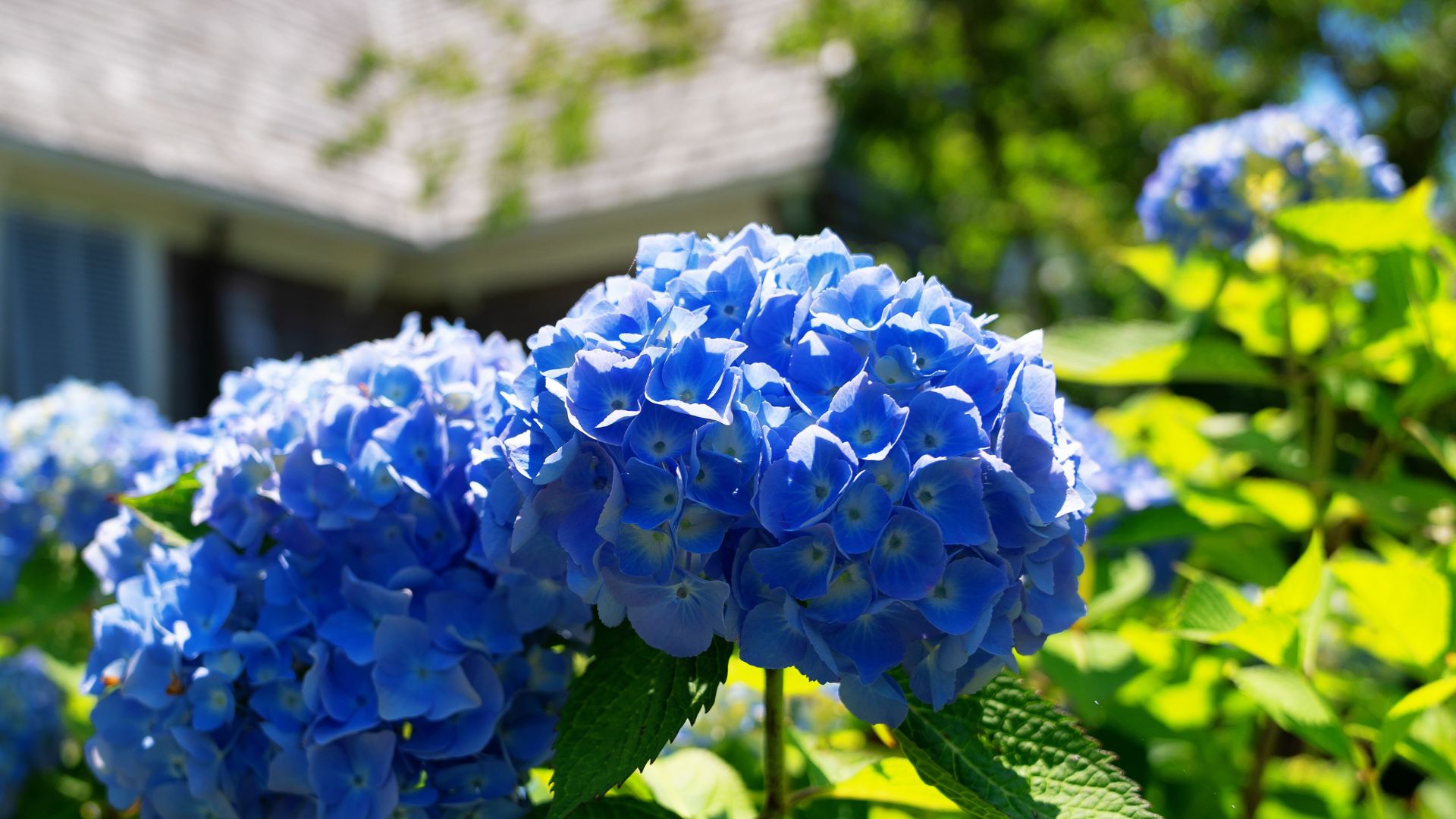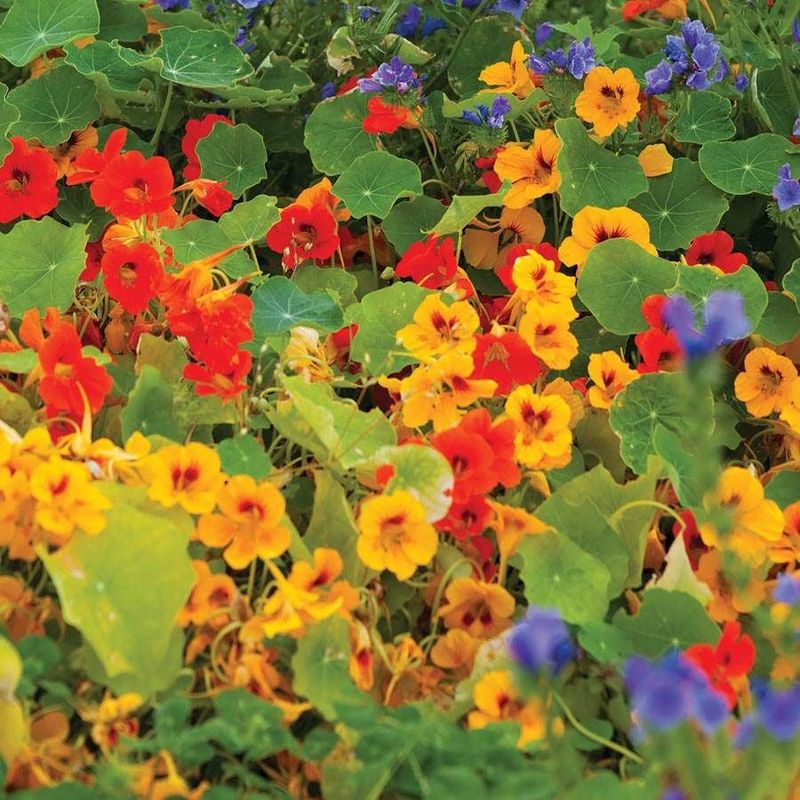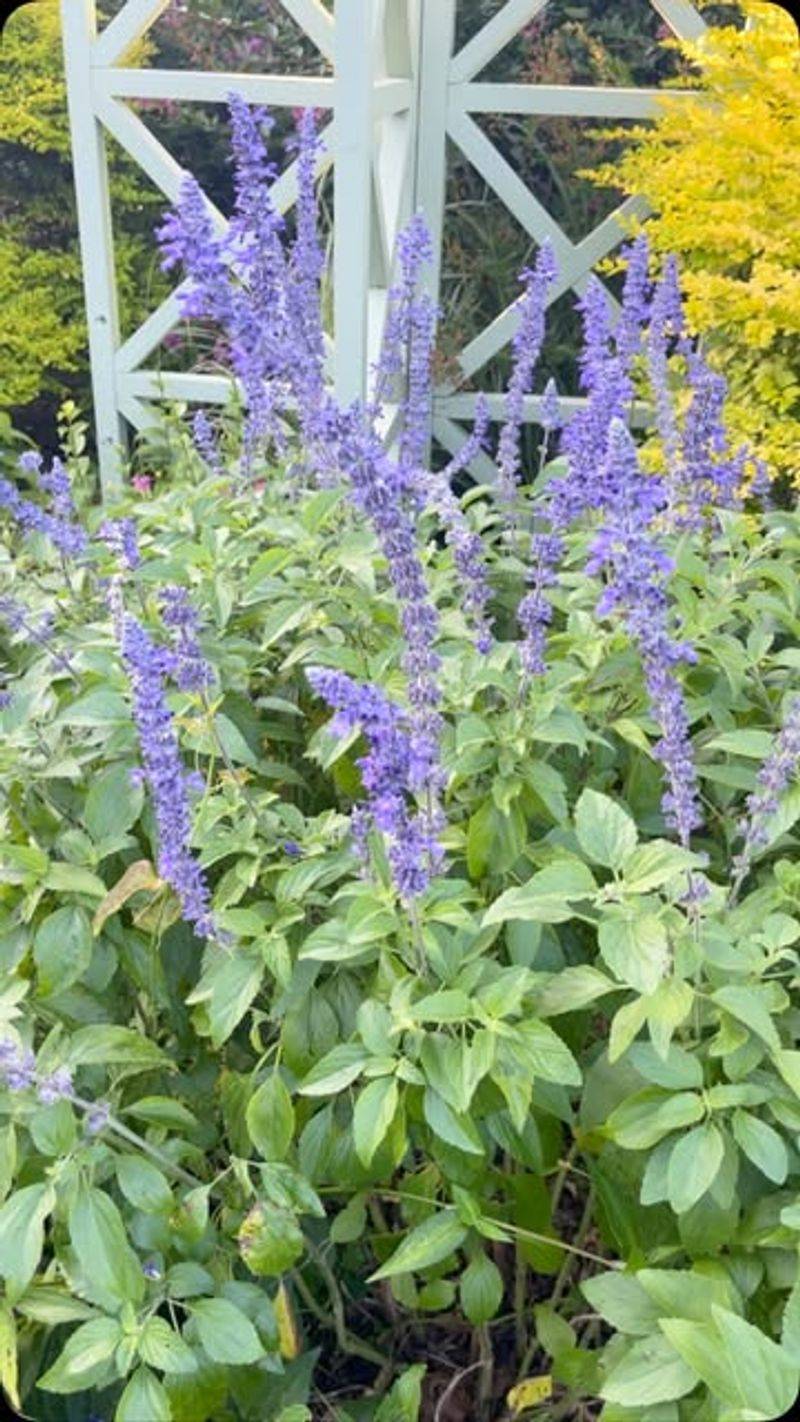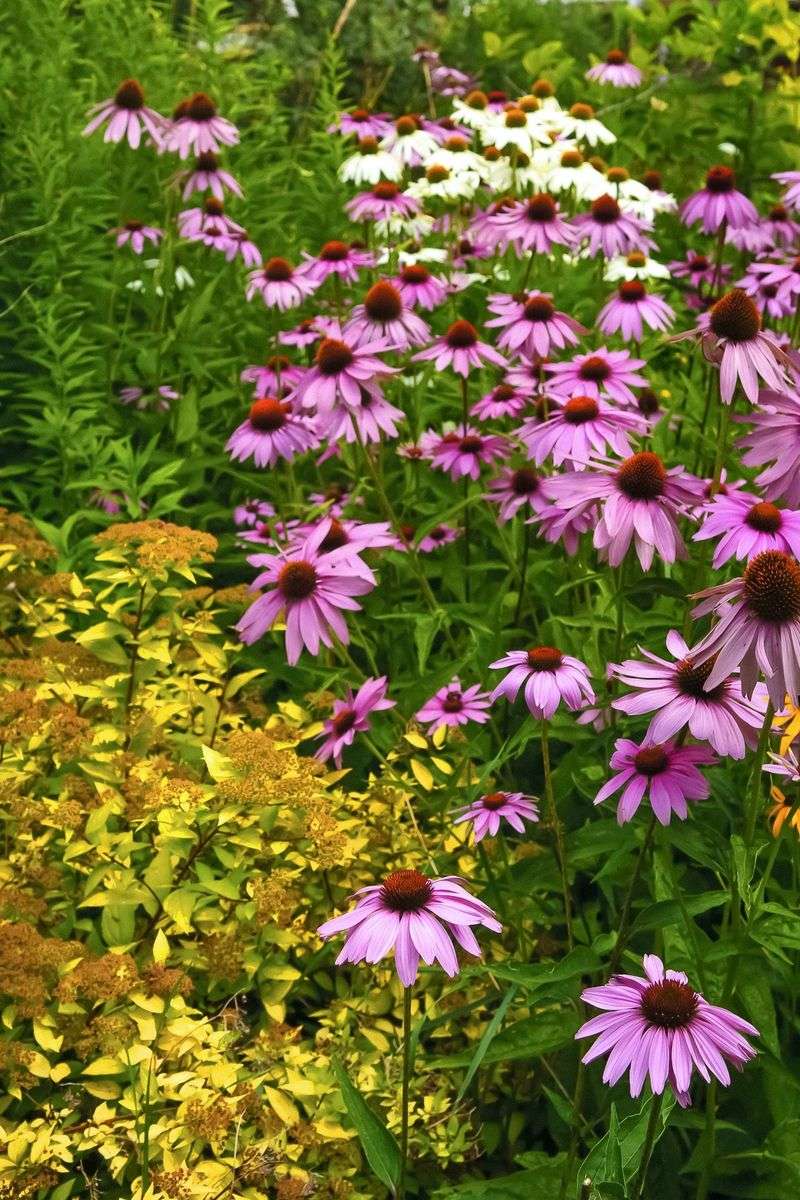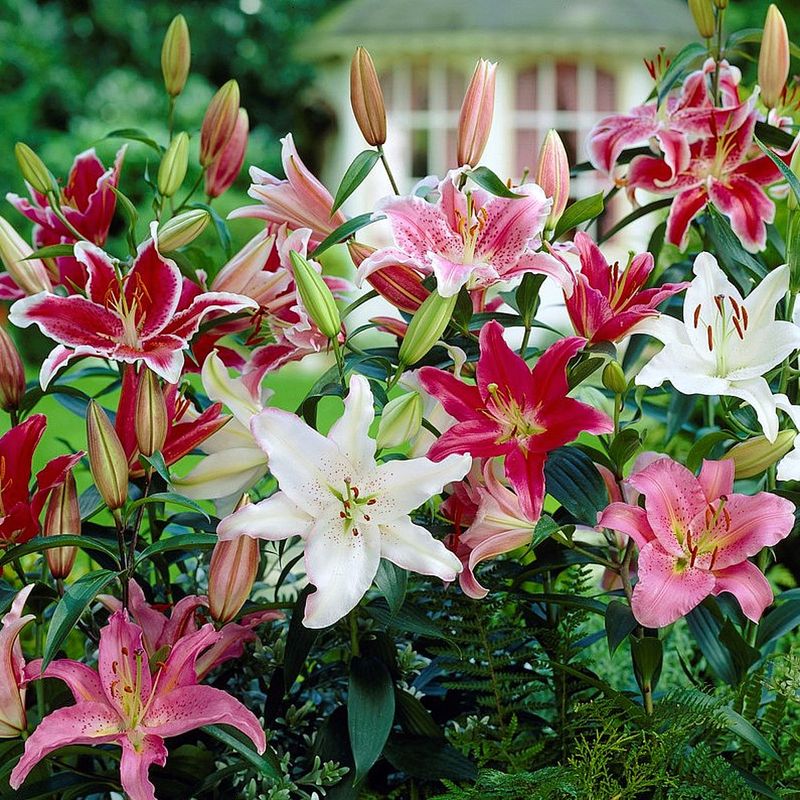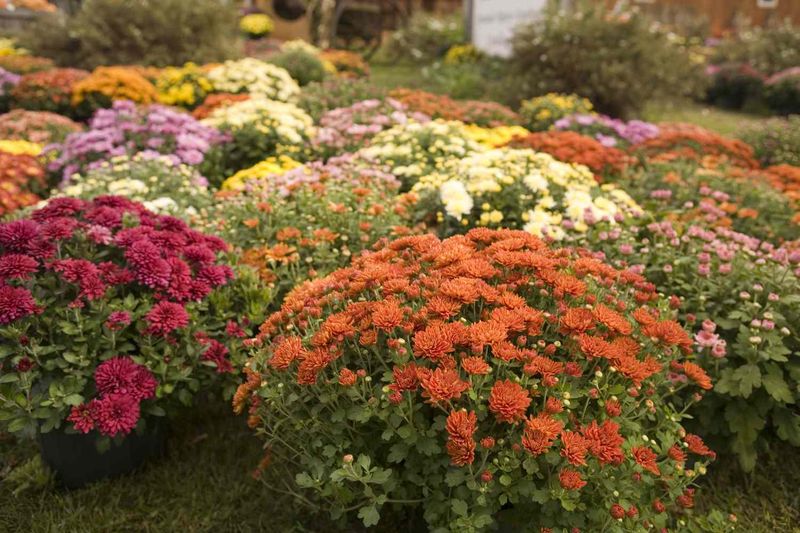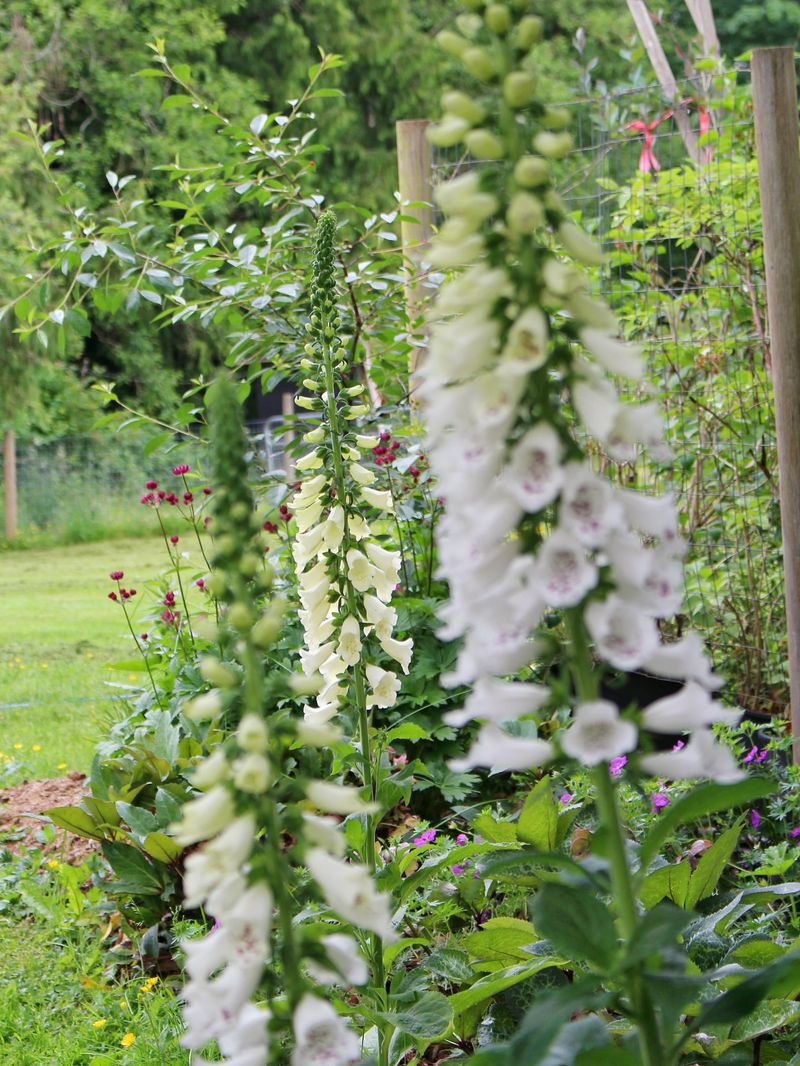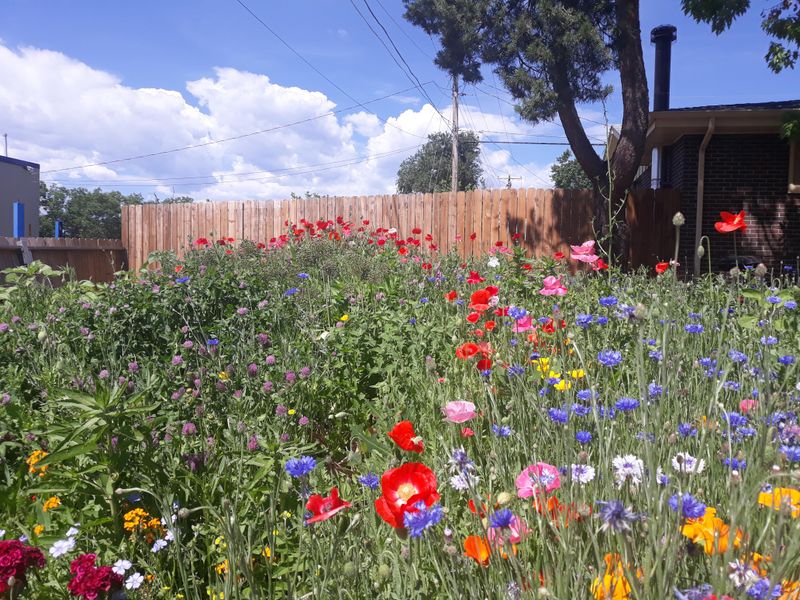Massachusetts gardens offer a perfect canvas for playing with color and artistic inspiration. With four distinct seasons, the changing backdrop lets you showcase palettes drawn from famous paintings and art styles. Many local gardeners find that art-inspired schemes make their spaces more cohesive and visually striking.
Climate and native plants shape how these artistic ideas come to life. Flowers like black-eyed Susans and purple coneflowers echo the tones of American Impressionist landscapes. I’ve seen gardens in Berkshire County that feel like stepping into a Monet painting—just through thoughtful plant pairings.
Using color theory in the garden creates emotional impact, much like a work of art. Complementary colors add energy, while analogous hues bring calm and flow. For me, blending cool blues into warm yellows feels like walking through a living Massachusetts landscape painting.
1. Impressionist Sunrise Garden
Monet’s famous sunrise paintings translate beautifully to Massachusetts coastal gardens. Orange and yellow nasturtiums catch morning light against a backdrop of blue delphiniums and lavender. The contrast mirrors the artist’s bold use of complementary colors.
Plant these in eastern exposures where actual sunrises enhance the effect. I once saw a garden in Gloucester that captured this palette perfectly, with the morning sea mist adding the same ethereal quality found in Monet’s brushstrokes.
2. Van Gogh’s Starry Night Blues
Deep blues and swirling yellows define this dramatic palette that works wonderfully in evening gardens. Midnight blue salvias, indigo asters, and golden rudbeckia create the swirling effect reminiscent of Van Gogh’s masterpiece.
Adding white flowers like moonflower vines or candytuft provides the starlike quality. The combination thrives in Massachusetts’ late summer climate when nights begin cooling. My neighbor’s garden path lined with this palette seems to glow with an otherworldly energy at dusk.
3. Wyeth’s New England Landscape
Andrew Wyeth’s muted palette captures the authentic Massachusetts countryside. Combine silvery artemisia, pale yarrow, and tawny ornamental grasses for a naturalistic approach that handles coastal winds beautifully.
The subtle tones create a contemplative space that looks established and timeless. Native bayberry and beach plum shrubs add authentic regional texture. Walking through such a garden in Plymouth last fall, I was struck by how the colors seemed to belong so perfectly to the land.
4. Rothko Color Block Gardens
Bold rectangular plantings of single-color perennials create living versions of Rothko’s famous color field paintings. Try blocks of red bee balm alongside purple coneflowers and golden black-eyed Susans, each in their distinct section.
The strong geometry provides structure through winter when covered with snow. Massachusetts winters reveal the stark forms beautifully. A garden I designed in Amherst uses this approach, with each block serving as both color statement and pollinator habitat.
5. O’Keeffe’s Magnified Blooms
Large-flowered plants in closely related hues create Georgia O’Keeffe’s signature look. Oriental lilies, dinner plate dahlias, and giant alliums planted in gradient color schemes from pale pink to deep magenta make dramatic focal points.
This approach works well in protected Massachusetts microclimates where these showstoppers can thrive. Seeing a garden in Northampton that employed this technique made me appreciate how effectively large blooms draw the eye, just as O’Keeffe’s paintings command attention in a gallery.
6. Klimt’s Golden Autumn
Fall in Massachusetts provides the perfect backdrop for Klimt-inspired gardens. Combine goldenrod, bronze chrysanthemums, and copper-hued heuchera to echo his golden period works. The metallic quality of ornamental grasses adds movement and texture.
Plant black-eyed Susans for those characteristic dark accents found in Klimt’s work. A garden path I wandered through in the Berkshires last October seemed to shimmer with gold leaf when the afternoon sun hit the carefully chosen plants, creating a truly magical atmosphere.
7. Hopper’s New England Light
Edward Hopper’s stark light and shadow translates to gardens through high-contrast plantings. White foxgloves and daisies pop against dark evergreens, while golden coreopsis creates that distinctive afternoon glow Hopper captured so well.
This palette thrives in Massachusetts’ varying light conditions. The stark simplicity allows individual plants to become focal points, much like Hopper’s isolated buildings. Standing in such a garden near Cape Cod, I felt transported into one of his paintings—the quality of light was identical.
8. Pollock’s Controlled Chaos
Wildflower meadows capture Jackson Pollock’s energetic approach to color. Mix native Massachusetts species like purple coneflowers, orange butterfly weed, and blue vervain in seemingly random patterns. The naturalistic planting style requires minimal maintenance once established.
The meadow changes throughout the season, offering new compositions as different plants bloom. Watching pollinators dart among the flowers adds another layer of movement. My client’s meadow garden in western Massachusetts has become a neighborhood attraction, with visitors marveling at its artistic yet untamed beauty.

